Multi-Criteria, Cost-Benefit, and Life-Cycle Analyses for Decision-Making to Support Responsible, Sustainable, and Alternative Tourism
Abstract
:1. Introduction
2. Definitions and Goals
2.1. Responsible Tourism (RT): Minimizing Impacts
- Minimise negative environmental and cultural impacts;
- Enhance the well-being of the host communities;
- Conserve natural and cultural heritage;
- Improve access for physically challenged people.
2.2. Sustainable Tourism (ST): Maximizing Welfare
- Meet the economic and social needs of present tourists and their host regions;
- Maintain cultural integrity, essential ecological processes, biological diversity and life-support systems to protect and enhance future opportunities.
2.3. Alternative Tourism (AT): Maximizing the Continuity
- Maintain ancestral cultures;
- Preserve nature;
- Alleviate poverty.
2.4. A Conceptual Reference
3. Decision-Making Methodologies and Indicators
3.1. Multi-Criteria Analysis (MCA) vs. Weighted Life-Cycle Assessment (WLCA) for RT
3.2. Cost-Benefit Analysis (CBA) vs. Monetary Life-Cycle Assessment (MLCA) for ST
3.3. MCA vs. WLCA for AT
4. Comparisons
4.1. Investment Errors with Static Instead of Dynamic Assessments
4.2. Investment Differences with WLCA Instead of MLCA
5. Discussion
6. Conclusions
Supplementary Materials
Funding
Conflicts of Interest
Appendix A
Appendix B
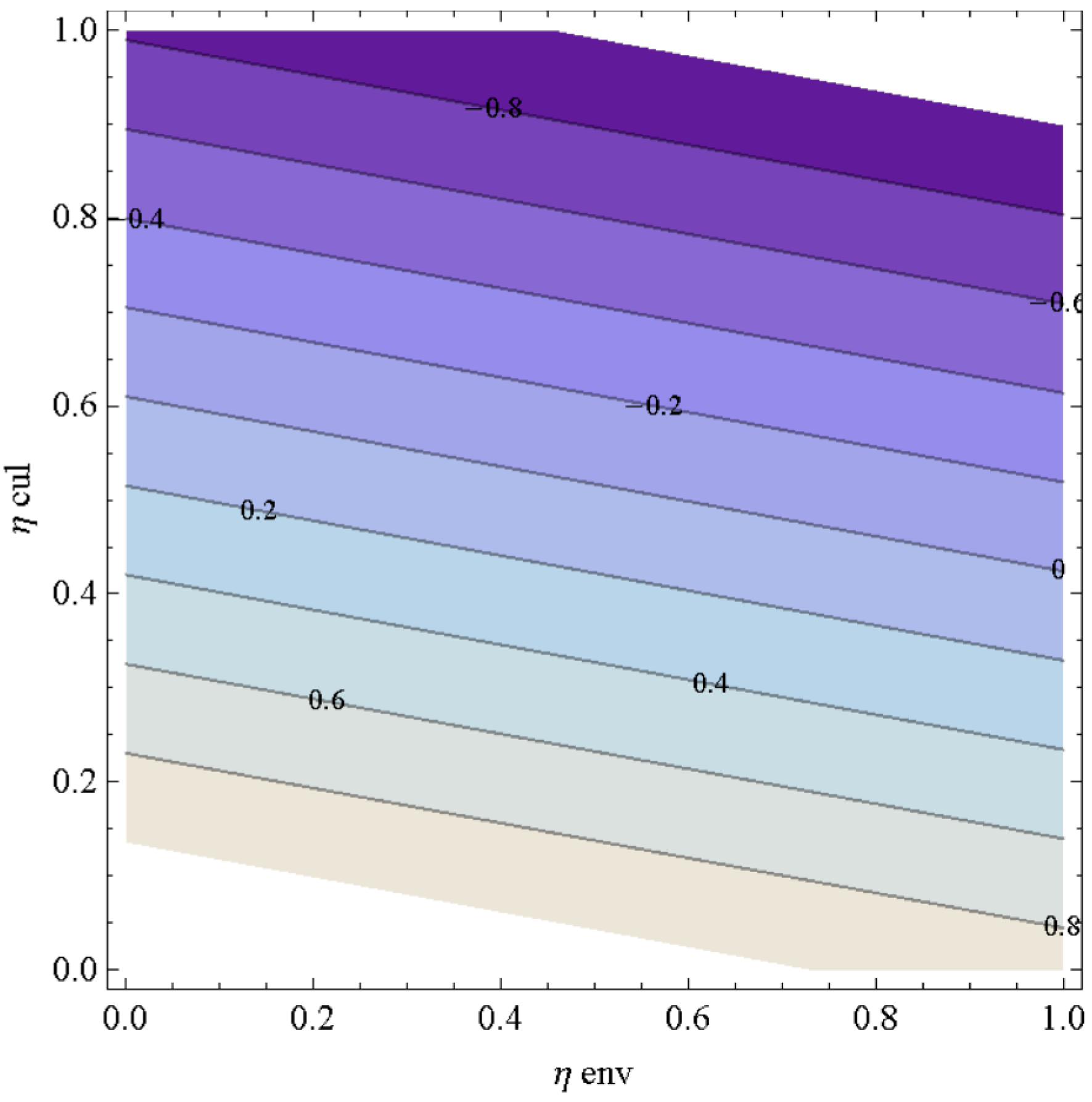

Appendix C


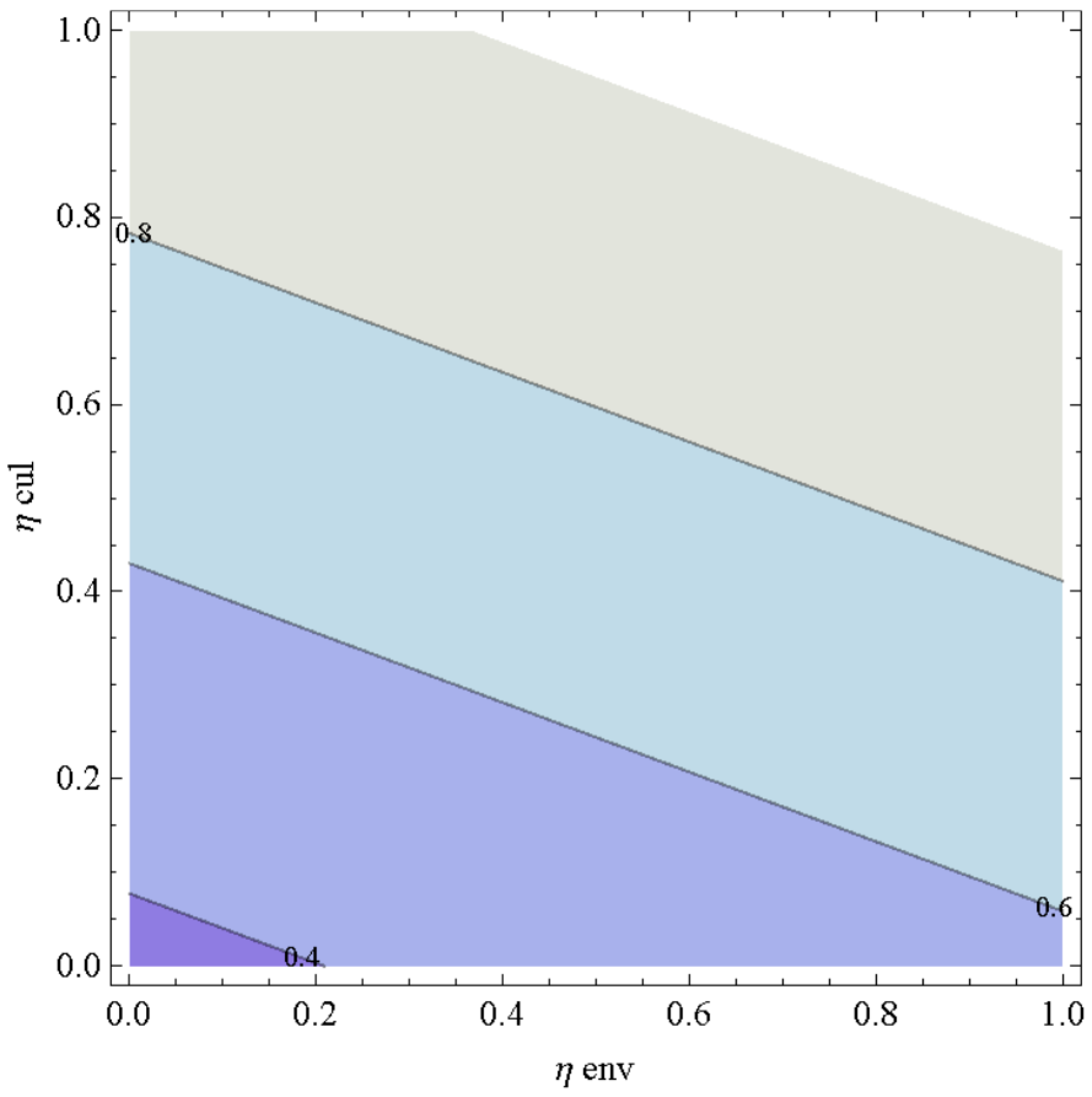
References
- UNWTO. Guide for Local Authorities on Developing Sustainable Tourism; United Nations World Tourism Organization: Madrid, Spain, 1998. [Google Scholar]
- United Nations Environment Programme. Division of Technology. Making Tourism More Sustainable: A Guide for Policy Makers; World Tourism Organization Publications: Madrid, Spain, 2005. [Google Scholar]
- European Union. Guide on EU Funding for the Tourism Sector (2014–2020); European Union: Brussell, Belgium, 2014. [Google Scholar]
- WTTC. Travel & Tourism, World Tourism and Travel Council; WTTC: London, UK, 2015. [Google Scholar]
- Pérez, V.E.; Santoyo, A.H.; Guerrero, F.; León, M.A.; da Silva, C.L.; Caballero, R. Measuring the sustainability of Cuban tourism destinations considering stakeholders’ perceptions. Int. J. Tour. Res. 2017, 19, 318–328. [Google Scholar] [CrossRef]
- Boley, B.B.; McGehee, N.G.; Tom Hammett, A.L. Importance-performance analysis (IPA) of sustainable tourism initiatives: The resident perspective. Tour. Manag. 2017, 58, 66–77. [Google Scholar] [CrossRef]
- Manente, M.; Minghetti, V.; Mingotto, E. Ranking assessment systems for responsible tourism products and corporate social responsibility practices. Anatolia 2012, 23, 75–89. [Google Scholar] [CrossRef]
- Candela, G.; Figini, P. The Economics of Tourism Destinations; Springer Texts in Business and Economics; Springer: Berlin/Heidelberg, Germany, 2012; ISBN 978-3-642-20873-7. [Google Scholar]
- Larson, L.R.; Poudyal, N.C. Developing sustainable tourism through adaptive resource management: A case study of Machu Picchu, Peru. J. Sustain. Tour. 2012, 20, 917–938. [Google Scholar] [CrossRef]
- Salas-Zapata, W.A.; Ríos-Osorio, L.A.; Mejía-Escobar, J.A. Social-ecological resilience and the quest for sustainability as object of science. Environ. Dev. Sustain. 2017, 19, 2237–2252. [Google Scholar] [CrossRef]
- Melissen, F. Sustainable hospitality: A meaningful notion? J. Sustain. Tour. 2013, 21, 810–824. [Google Scholar] [CrossRef]
- Zagonari, F. Four Sustainability Paradigms for Environmental Management: A Methodological Analysis and an Empirical Study Based on 30 Italian Industries. Sustainability 2016, 8, 504. [Google Scholar] [CrossRef]
- Canavan, B. Tourism culture: Nexus, characteristics, context and sustainability. Tour. Manag. 2016, 53, 229–243. [Google Scholar] [CrossRef]
- Gössling, S.; Ring, A.; Dwyer, L.; Andersson, A.-C.; Hall, C.M. Optimizing or maximizing growth? A challenge for sustainable tourism. J. Sustain. Tour. 2016, 24, 527–548. [Google Scholar] [CrossRef]
- Prince, S.; Ioannides, D. Contextualizing the complexities of managing alternative tourism at the community-level: A case study of a nordic eco-village. Tour. Manag. 2017, 60, 348–356. [Google Scholar] [CrossRef]
- UNESCO. Cape Town Declaration on Responsible Tourism; United Nations Educational, Scientific, and Cultural Organization: Paris, France, 2002. [Google Scholar]
- Caruana, R.; Glozer, S.; Crane, A.; McCabe, S. Tourists’ accounts of responsible tourism. Ann. Tour. Res. 2014, 46, 115–129. [Google Scholar] [CrossRef]
- Navarro Jurado, E.; Tejada Tejada, M.; Almeida García, F.; Cabello González, J.; Cortés Macías, R.; Delgado Peña, J.; Fernández Gutiérrez, F.; Gutiérrez Fernández, G.; Luque Gallego, M.; Málvarez García, G.; et al. Carrying capacity assessment for tourist destinations. Methodology for the creation of synthetic indicators applied in a coastal area. Tour. Manag. 2012, 33, 1337–1346. [Google Scholar] [CrossRef]
- De Sousa, R.C.; Pereira, L.C.C.; da Costa, R.M.; Jiménez, J.A. Management of estuarine beaches on the Amazon coast though the application of recreational carrying capacity indices. Tour. Manag. 2017, 59, 216–225. [Google Scholar] [CrossRef]
- Camilleri, M.A. Responsible tourism that creates shared value among stakeholders. Tour. Plan. Dev. 2016, 13, 219–235. [Google Scholar] [CrossRef]
- McGehee, N.G. Volunteer tourism: Evolution, issues and futures. J. Sustain. Tour. 2014, 22, 847–854. [Google Scholar] [CrossRef]
- Liu, C.-H.S.; Horng, J.-S.; Chou, S.-F. A critical evaluation of sustainable tourism from the integrated perspective: Conducting moderated–mediation analysis. Tour. Manag. Perspect. 2015, 16, 43–50. [Google Scholar] [CrossRef]
- Koens, K.; Thomas, R. “You know that’s a rip-off”: Policies and practices surrounding micro-enterprises and poverty alleviation in South African township tourism. J. Sustain. Tour. 2016, 24, 1641–1654. [Google Scholar] [CrossRef]
- Iliopoulou-Georgudaki, J.; Theodoropoulos, C.; Konstantinopoulos, P.; Georgoudaki, E. Sustainable tourism development including the enhancement of cultural heritage in the city of Nafpaktos—Western Greece. Int. J. Sustain. Dev. World Ecol. 2017, 24, 224–235. [Google Scholar] [CrossRef]
- UNWTO. What Tourism Managers Need to Know: A Practical Guide to the Development and the Use of Indicators of Sustainable Tourism; United Nations World Tourism Organization: Madrid, Spain, 1995. [Google Scholar]
- UNWTO. Global Code of Ethics for Tourism; United Nations World Tourism Organization: Madrid, Spain, 2001. [Google Scholar]
- Zhang, J. Weighing and realizing the environmental, economic and social goals of tourism development using an analytic network process-goal programming approach. J. Clean. Prod. 2016, C, 262–273. [Google Scholar] [CrossRef]
- Aall, C. Sustainable Tourism in Practice: Promoting or Perverting the Quest for a Sustainable Development? Sustainability 2014, 6, 2562–2583. [Google Scholar] [CrossRef]
- Lane, B.; Kastenholz, E. Rural tourism: The evolution of practice and research approaches—Towards a new generation concept? J. Sustain. Tour. 2015, 23, 1133–1156. [Google Scholar] [CrossRef]
- UNWTO. Agenda 21 for the Travel and Tourism Industry; United Nations World Tourism Organization: Madrid, Spain, 1996. [Google Scholar]
- Acharya, B.P.; Halpenny, E.A. Homestays as an Alternative Tourism Product for Sustainable Community Development: A Case Study of Women-Managed Tourism Product in Rural Nepal. Tour. Plan. Dev. 2013, 10, 367–387. [Google Scholar] [CrossRef]
- De Salvo, P.; Hernández Mogollón, J.M.; Di Clemente, E.; Calzati, V. Territory, tourism and local products. The extra virgin oil’s enhancement and promotion: A benchmarking Italy-Spain. Tour. Hosp. Manag. 2013, 19, 23–34. [Google Scholar]
- Coghlan, A. An autoethnographic account of a cycling charity challenge event: Exploring manifest and latent aspects of the experience. J. Sport Tour. 2012, 17, 105–124. [Google Scholar] [CrossRef]
- Gupta, V. Indian reality tourism—A critical perspective. Tour. Hosp. Manag. 2016, 22, 111–133. [Google Scholar] [CrossRef]
- Yang, J.; Ryan, C.; Zhang, L. Sustaining culture and seeking a Just Destination: Governments, power and tension—A life-cycle approach to analysing tourism development in an ethnic-inhabited scenic area in Xinjiang, China. J. Sustain. Tour. 2014, 22, 1151–1174. [Google Scholar] [CrossRef]
- Hernández, J.M.; León, C.J. Welfare and Environmental Degradation in a Tourism-Based Economy. Tour. Econ. 2013, 19, 5–35. [Google Scholar] [CrossRef]
- Albaladejo, I.P.; Martínez-García, M.P. An R&D-Based Endogenous Growth Model of International Tourism. Tour. Econ. 2015, 21, 701–719. [Google Scholar]
- Qureshi, M.I.; Hassan, M.A.; Hishan, S.S.; Rasli, A.M.; Zaman, K. Dynamic linkages between sustainable tourism, energy, health and wealth: Evidence from top 80 international tourist destination cities in 37 countries. J. Clean. Prod. 2017, 158, 143–155. [Google Scholar] [CrossRef]
- Aall, C.; Dodds, R.; Sælensminde, I.; Brendehaug, E. Introducing the concept of environmental policy integration into the discourse on sustainable tourism: A way to improve policy-making and implementation? J. Sustain. Tour. 2015, 23, 977–989. [Google Scholar] [CrossRef]
- Pulido-Fernández, J.I.; Andrades-Caldito, L.; Sánchez-Rivero, M. Is sustainable tourism an obstacle to the economic performance of the tourism industry? Evidence from an international empirical study. J. Sustain. Tour. 2015, 23, 47–64. [Google Scholar] [CrossRef]
- Georgei, M.; Bombeck, H. Energy use in sharm el-sheikh resort in egypt. Int. J. Sustain. Dev. Plan. 2012, 7, 412–427. [Google Scholar] [CrossRef]
- Foolmaun, R.K.; Ramjeeawon, T. Comparative life cycle assessment and social life cycle assessment of used polyethylene terephthalate (PET) bottles in Mauritius. Int. J. Life Cycle Assess. Dordr. 2013, 18, 155–171. [Google Scholar] [CrossRef]
- Arcese, G.; Lucchetti, M.C.; Merli, R. Social Life Cycle Assessment as a Management Tool: Methodology for Application in Tourism. Sustainability 2013, 5, 3275–3287. [Google Scholar] [CrossRef]
- Scheepens, A.E.; Vogtländer, J.G.; Brezet, J.C. Two life cycle assessment (LCA) based methods to analyse and design complex (regional) circular economy systems. Case: Making water tourism more sustainable. J. Clean. Prod. 2016, 114, 257–268. [Google Scholar] [CrossRef]
- Mihalic, T. Sustainable-responsible tourism discourse—Towards ‘responsustable’ tourism. J. Clean. Prod. 2016, 111, 461–470. [Google Scholar] [CrossRef]
- Torres-Delgado, A.; Palomeque, F.L. Measuring sustainable tourism at the municipal level. Ann. Tour. Res. 2014, 49, 122–137. [Google Scholar] [CrossRef]
- Torres-Delgado, A.; Saarinen, J. Using indicators to assess sustainable tourism development: A review. Tour. Geogr. 2014, 16, 31–47. [Google Scholar] [CrossRef]
- Iliopoulou-Georgudaki, J.; Kalogeras, A.; Konstantinopoulos, P.; Theodoropoulos, C. Sustainable tourism management and development of a Greek coastal municipality. Int. J. Sustain. Dev. World Ecol. 2016, 23, 143–153. [Google Scholar] [CrossRef]
- Lee, T.H.; Hsieh, H.-P. Indicators of sustainable tourism: A case study from a Taiwan’s wetland. Ecol. Indic. 2016, 67, 779–787. [Google Scholar] [CrossRef]
- Wang, S.-H.; Lee, M.-T.; Château, P.-A.; Chang, Y.-C. Performance Indicator Framework for Evaluation of Sustainable Tourism in the Taiwan Coastal Zone. Sustainability 2016, 8, 652. [Google Scholar] [CrossRef]
- Hashemi, N.; Ghaffary, G. A Proposed Sustainable Rural Development Index (SRDI): Lessons from Hajij village, Iran. Tour. Manag. 2017, 59, 130–138. [Google Scholar] [CrossRef]
- Önder, I.; Wöber, K.; Zekan, B. Towards a sustainable urban tourism development in Europe: The role of benchmarking and tourism management information systems—A partial model of destination competitiveness. Tour. Econ. 2017, 23, 243–259. [Google Scholar] [CrossRef]
- Lozano-Oyola, M.; Blancas, F.J.; González, M.; Caballero, R. Sustainable tourism indicators as planning tools in cultural destinations. Ecol. Indic. 2012, 18, 659–675. [Google Scholar] [CrossRef]
- Feng, H.; Chen, X.; Heck, P.; Miao, H. An Entropy-Perspective Study on the Sustainable Development Potential of Tourism Destination Ecosystem in Dunhuang, China. Sustainability 2014, 6, 8980–9006. [Google Scholar] [CrossRef]
- Zhang, J.; Ji, M.; Zhang, Y. Tourism sustainability in Tibet—Forward planning using a systems approach. Ecol. Indic. 2015, 56, 218–228. [Google Scholar] [CrossRef]
- Nair, G.K.; Choudhary, N. Modelling the causality of sustainable tourism in Qatar: An empirical study. Int. J. Sustain. Soc. 2016, 8, 242–259. [Google Scholar] [CrossRef]
- Bunakov, O.A.; Zaitseva, N.A.; Larionova, A.D.; Chudnovskiy, A.A.; Zhukova, M.A.; Zhukov, V. Research on the Evolution of Management Concepts of Sustainable Tourism and Hospitality Development in the Regions. J. Sustain. Dev. 2015, 8, 39–44. [Google Scholar] [CrossRef]
- Cernat, L.; Gourdon, J. Paths to success: Benchmarking cross-country sustainable tourism. Tour. Manag. 2012, 33, 1044–1056. [Google Scholar] [CrossRef]
- Sabbaghi, H.R.; Tabibian, M. Definition Expression on the Concept of Urban Ecotourism through Theoretical Review of Related Challenges. J. Environ. Stud. 2015, 19, 257–273. [Google Scholar]
- Hunt, C.; Stronza, A. Stage-based tourism models and resident attitudes towards tourism in an emerging destination in the developing world. J. Sustain. Tour. 2014, 22, 279–298. [Google Scholar] [CrossRef]
- Holladay, P.J.; Powell, R.B. Resident perceptions of social–ecological resilience and the sustainability of community-based tourism development in the Commonwealth of Dominica. J. Sustain. Tour. 2013, 21, 1188–1211. [Google Scholar] [CrossRef]
- Qian, C.; Sasaki, N.; Shivakoti, G.; Zhang, Y. Effective governance in tourism development–An analysis of local perception in the Huangshan mountain area. Tour. Manag. Perspect. 2016, 20, 112–123. [Google Scholar] [CrossRef]
- Martín, J.M.M.; Aguilera, J.D.D.J.; Moreno, V.M. Impacts of Seasonality on Environmental Sustainability in the Tourism Sector Based on Destination Type: An Application to Spain’s Andalusia Region. Tour. Econ. 2014, 20, 123–142. [Google Scholar] [CrossRef]
- Martín Martín, J.M.; Salinas Fernández, J.A.; Rodríguez Martín, J.A.; Jiménez Aguilera, J.D.D. Assessment of the Tourism’s Potential as a Sustainable Development Instrument in Terms of Annual Stability: Application to Spanish Rural Destinations in Process of Consolidation. Sustainability 2017, 9, 1692. [Google Scholar] [CrossRef]
- Martín, J.M.M.; Fernández, J.A.S.; Martín, J.A.R. Comprehensive evaluation of the tourism seasonality using a synthetic DP2 indicator. Tour. Geogr. 2018. [Google Scholar] [CrossRef]
- Salerno, F.; Viviano, G.; Manfredi, E.C.; Caroli, P.; Thakuri, S.; Tartari, G. Multiple Carrying Capacities from a management-oriented perspective to operationalize sustainable tourism in protected areas. J. Environ. Manag. 2013, 128, 116–125. [Google Scholar] [CrossRef] [PubMed]
- Tudorache, D.M.; Simon, T.; Frenț, C.; Musteaţă-Pavel, M. Difficulties and Challenges in Applying the European Tourism Indicators System (ETIS) for Sustainable Tourist Destinations: The Case of Braşov County in the Romanian Carpathians. Sustainability 2017, 9, 1879. [Google Scholar] [CrossRef]
- Blancas, F.J.; Lozano-Oyola, M.; González, M. A European Sustainable Tourism Labels proposal using a composite indicator. Environ. Impact Assess. Rev. 2015, 54, 39–54. [Google Scholar] [CrossRef]
- European Union. European Tourism Indicator System Toolkit for Sustainable Destinations; European Union: Brussell, Belgium, 2014. [Google Scholar]
- UNWTO. Indicators of Sustainable Development for Tourism Destinations; United Nations World Tourism Organization: Madrid, Spain, 2004. [Google Scholar]
- UNWTO. Guidebook on Indicators of Sustainable Development for Tourism Destinations; United Nations World Tourism Organization: Madrid, Spain, 2005. [Google Scholar]
- McLennan, C.; Pham, T.D.; Ruhanen, L.; Ritchie, B.W.; Moyle, B. Counter-factual scenario planning for long-range sustainable local-level tourism transformation. J. Sustain. Tour. 2012, 20, 801–822. [Google Scholar] [CrossRef]
- Cottrell, S.P.; Vaske, J.M.; Roemer, J. Resident satisfaction with sustainable tourism: The case of Frankenwald Nature Park, Germany. Tour. Manag. Perspect. 2013, 8, 42–48. [Google Scholar] [CrossRef]
- Paunović, I.; Jovanović, V. Implementation of sustainable tourism in the German Alps: A case study. Sustainability 2017, 9, 226. [Google Scholar] [CrossRef]
- Tanguay, G.A.; Rajaonson, J.; Therrien, M.-C. Sustainable tourism indicators: Selection criteria for policy implementation and scientific recognition. J. Sustain. Tour. 2013, 21, 862–879. [Google Scholar] [CrossRef]
- Mikulić, J.; Kožić, I.; Krešić, D. Weighting indicators of tourism sustainability: A critical note. Ecol. Indic. 2015, 48, 312–314. [Google Scholar] [CrossRef]
- Bhuiyan, M.A.H.; Siwar, C.; Ismail, S.M. Sustainability Measurement for Ecotourism Destination in Malaysia: A Study on Lake Kenyir, Terengganu. Soc. Indic. Res. 2016, 128, 1029–1045. [Google Scholar] [CrossRef]
- Romero-Padilla, Y.; Navarro-Jurado, E.; Malvárez-García, G. The potential of international coastal mass tourism destinations to generate creative capital. J. Sustain. Tour. 2016, 24, 574–593. [Google Scholar] [CrossRef]
- Kunasekaran, P.; Gill, S.S.; Ramachandran, S.; Shuib, A.; Baum, T.; Herman Mohammad Afandi, S. Measuring Sustainable Indigenous Tourism Indicators: A Case of Mah Meri Ethnic Group in Carey Island, Malaysia. Sustainability 2017, 9, 1256. [Google Scholar] [CrossRef]
- Mutana, S.; Mukwada, G. An exploratory assessment of significant tourism sustainability indicators for a montane-based route in the drakensberg mountains. Sustainability 2017, 9, 1202. [Google Scholar] [CrossRef]
- Blancas, F.J.; Lozano-Oyola, M.; González, M.; Caballero, R. Sustainable tourism composite indicators: A dynamic evaluation to manage changes in sustainability. J. Sustain. Tour. 2016, 24, 1403–1424. [Google Scholar] [CrossRef]
- Regione Emilia Romagna. Programma per la Qualificazione Dell’offerta Turistica e per le Altre Funzioni Turistiche della Provincia 2017 Documento Unico di Programmazione; Regione Emilia Romagna: Bologna, Bologna, 2017. [Google Scholar]
- Regione Emilia Romagna. Documento unico di Programmazione; Regione Emilia Romagna: Bologna, Bologna, 2010. [Google Scholar]
- Camera di Commercio. L’Alta Val Marecchia tra Processi di Integrazione e Prospettive Future; Camera di Commercio: Rimini, Italy, 2012. [Google Scholar]
- Camera di Commercio. Rapporto Sull’economia della Provincia di Rimini; Camera di Commercio: Rimini, Italy, 2017. [Google Scholar]
- ARPA Emilia Romagna. Rapporto Turistico-Ambientale Della Provincia di Rimini; Azienda Regionale per la Protezione Ambientale: Bologna, Italy, 2015.
- Navarro, J.; Damian, I.M.; Fernandez-Morales, A. Carrying capacity model applied in coastal destinations. Ann. Tour. Res. 2013, 43, 1–19. [Google Scholar] [CrossRef]
- Hanafiah, M.H.; Azman, I.; Jamaluddin, M.R.; Aminuddin, N. Responsible Tourism Practices and Quality of Life: Perspective of Langkawi Island communities. Procedia Soc. Behav. Sci. 2016, 222, 406–413. [Google Scholar] [CrossRef]
- Booyens, I.; Rogerson, C.M. Responsible tourism in the Western Cape, South Africa: An innovation perspective. Tourism 2016, 64, 385–396. [Google Scholar]
- Michailidou, A.V.; Vlachokostas, C.; Moussiopoulos, Ν.; Maleka, D. Life Cycle Thinking used for assessing the environmental impacts of tourism activity for a Greek tourism destination. J. Clean. Prod. 2016, 111, 499–510. [Google Scholar] [CrossRef]
- Latinopoulos, D.; Vagiona, D. Measuring the sustainability of tourism development in protected areas: An indicator–based approach. Int. J. Innov. Sustain. Dev. 2013, 7, 233–251. [Google Scholar] [CrossRef]
- Bucurescu, I. Managing tourism and cultural heritage in historic towns: Examples from Romania. J. Herit. Tour. 2015, 10, 248–262. [Google Scholar] [CrossRef]
- Uche, J.; Martínez-Gracia, A.; Carmona, U. Life cycle assessment of the supply and use of water in the Segura Basin. Int. J. Life Cycle Assess. 2014, 19, 688–704. [Google Scholar] [CrossRef]
- Kuo, N.-W.; Lin, C.-Y.; Chen, P.-H.; Chen, Y. An inventory of the energy use and carbon dioxide emissions from island tourism based on a life cycle assessment approach. Environ. Prog. Sustain. Energy 2012, 31, 459–465. [Google Scholar] [CrossRef]
- Castellani, V.; Sala, S. Ecological Footprint and Life Cycle Assessment in the sustainability assessment of tourism activities. Ecol. Indic. 2012, 16, 135–147. [Google Scholar] [CrossRef]
- Foolmaun, R.K.; Ramjeawon, T. Life cycle sustainability assessments (LCSA) of four disposal scenarios for used polyethylene terephthalate (PET) bottles in Mauritius. Environ. Dev. Sustain. 2013, 15, 783–806. [Google Scholar] [CrossRef]
- Rio, D.; Nunes, L.M. Monitoring and evaluation tool for tourism destinations. Tour. Manag. Perspect. 2012, 4, 64–66. [Google Scholar] [CrossRef]
- Shams Fallah, F.; Vahidi, H.; Pazoki, M.; Akhavan-Limudehi, F.; Aslemand, A.R.; Samiee Zafarghandi, R. Investigation of solid waste disposal alternatives in Lavan Island using life cycle assessment approach. Int. J. Environ. Res. 2013, 7, 155–164. [Google Scholar]
- Filimonau, V.; Dickinson, J.; Robbins, D. The carbon impact of short-haul tourism: A case study of UK travel to Southern France using life cycle analysis. J. Clean. Prod. 2014, 64, 628–638. [Google Scholar] [CrossRef]
- Michailidou, A.V.; Vlachokostas, C.; Moussiopoulos, N. A methodology to assess the overall environmental pressure attributed to tourism areas: A combined approach for typical all-sized hotels in Chalkidiki, Greece. Ecol. Indic. 2015, 50, 108–119. [Google Scholar] [CrossRef]
- Cadarso, M.Á.; Gómez, N.; López, L.A.; Tobarra, M.Á. Calculating tourism’s carbon footprint: Measuring the impact of investments. J. Clean. Prod. 2016, 111, 529–537. [Google Scholar] [CrossRef]
- Cerutti, A.K.; Beccaro, G.L.; Bruun, S.; Donno, D.; Bonvegna, L.; Bounous, G. Assessment methods for sustainable tourism declarations: The case of holiday farms. J. Clean. Prod. 2016, 111, 511–519. [Google Scholar] [CrossRef]
- Sharp, H.; Grundius, J.; Heinonen, J. Carbon footprint of inbound tourism to Iceland: A consumption-based life-cycle assessment including direct and indirect emissions. Sustainability 2016, 8, 1147. [Google Scholar] [CrossRef]
- Roibás, L.; Loiseau, E.; Hospido, A. Determination of the carbon footprint of all Galician production and consumption activities: Lessons learnt and guidelines for policymakers. J. Environ. Manag. 2017, 198, 289–299. [Google Scholar] [CrossRef]
- Pereira, R.P.T.; Ribeiro, G.M.; Filimonau, V. The carbon footprint appraisal of local visitor travel in Brazil: A case of the Rio de Janeiro-São Paulo itinerary. J. Clean. Prod. 2017, 141, 256–266. [Google Scholar] [CrossRef]
- Puig, R.; Kiliç, E.; Navarro, A.; Albertí, J.; Chacón, L.; Fullana-i-Palmer, P. Inventory analysis and carbon footprint of coastland-hotel services: A Spanish case study. Sci. Total Environ. 2017, 595, 244–254. [Google Scholar] [CrossRef]
- He, Y.; He, P.; Xu, F.; Shi, C. (Victor) Sustainable tourism modeling: Pricing decisions and evolutionarily stable strategies for competitive tour operators. Tour. Econ. 2018. [Google Scholar] [CrossRef]
- Diekert, F.K. The Tragedy of the Commons from a Game-Theoretic Perspective. Sustainability 2012, 4, 1776–1786. [Google Scholar] [CrossRef]
- Phan, T.D.; Nguyen, N.C.; Bosch, O.J.H.; Nguyen, T.V.; Le, T.T.; Tran, H.T. A Systemic Approach to Understand the Conservation Status and Viability of the Critically Endangered Cat Ba Langur. Syst. Res. Behav. Sci. 2016, 33, 742–752. [Google Scholar] [CrossRef]
- Zhang, T.L.; Wang, Y. Tourism Supply Chain Coordination through Revenue Sharing Contract. Appl. Mech. Mater. Zurich 2014, 644–650, 6093–6096. [Google Scholar] [CrossRef]
- Hadjikakou, M.; Miller, G.; Chenoweth, J.; Druckman, A.; Zoumides, C. A comprehensive framework for comparing water use intensity across different tourist types. J. Sustain. Tour. 2015, 23, 1445–1467. [Google Scholar] [CrossRef]
- Aminu, M.; Ludin, A.N.B.M.; Matori, A.-N.; Wan Yusof, K.; Dano, L.U.; Chandio, I.A. A spatial decision support system (SDSS) for sustainable tourism planning in Johor Ramsar sites, Malaysia. Environ. Earth Sci. 2013, 70, 1113–1124. [Google Scholar] [CrossRef]

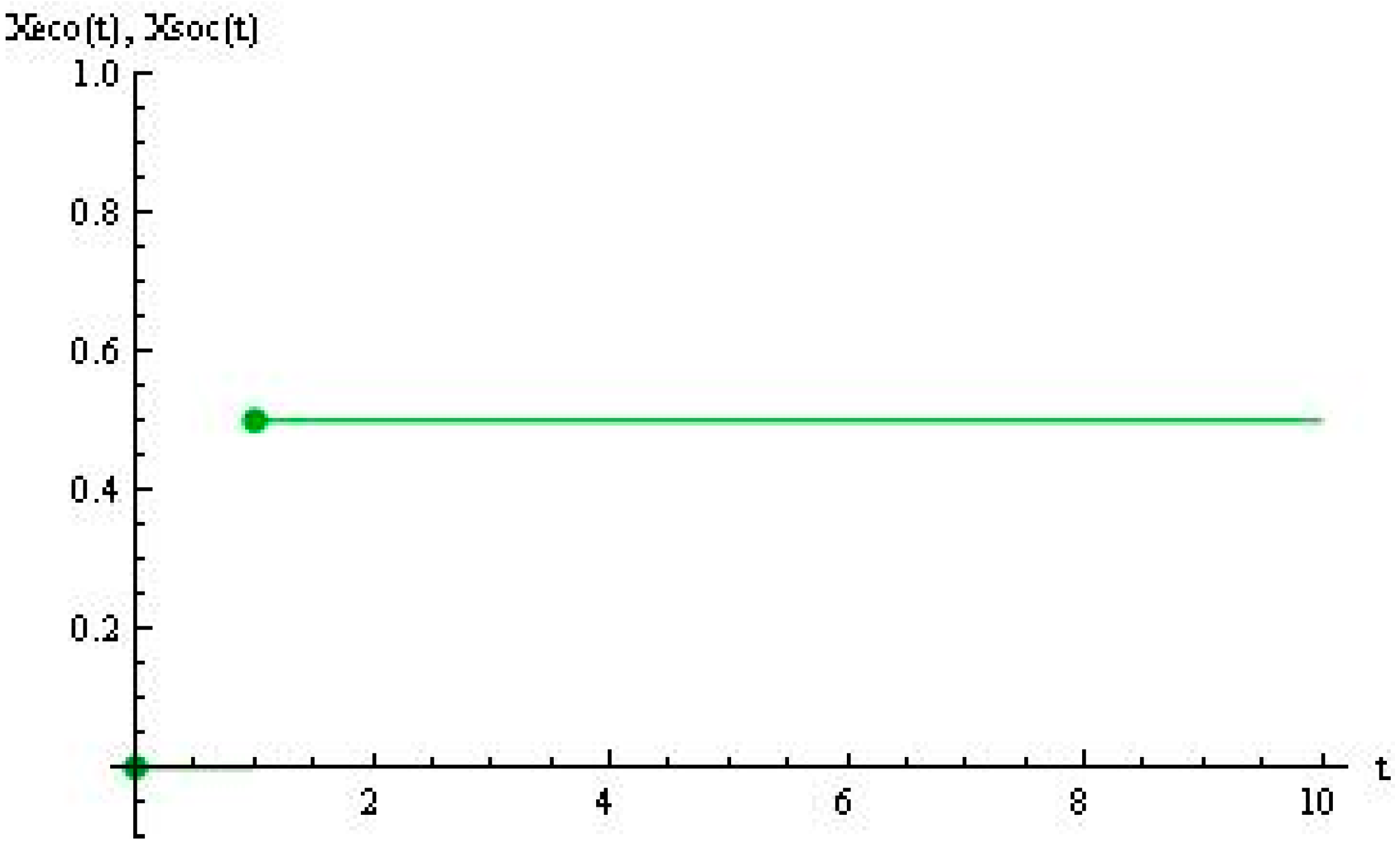
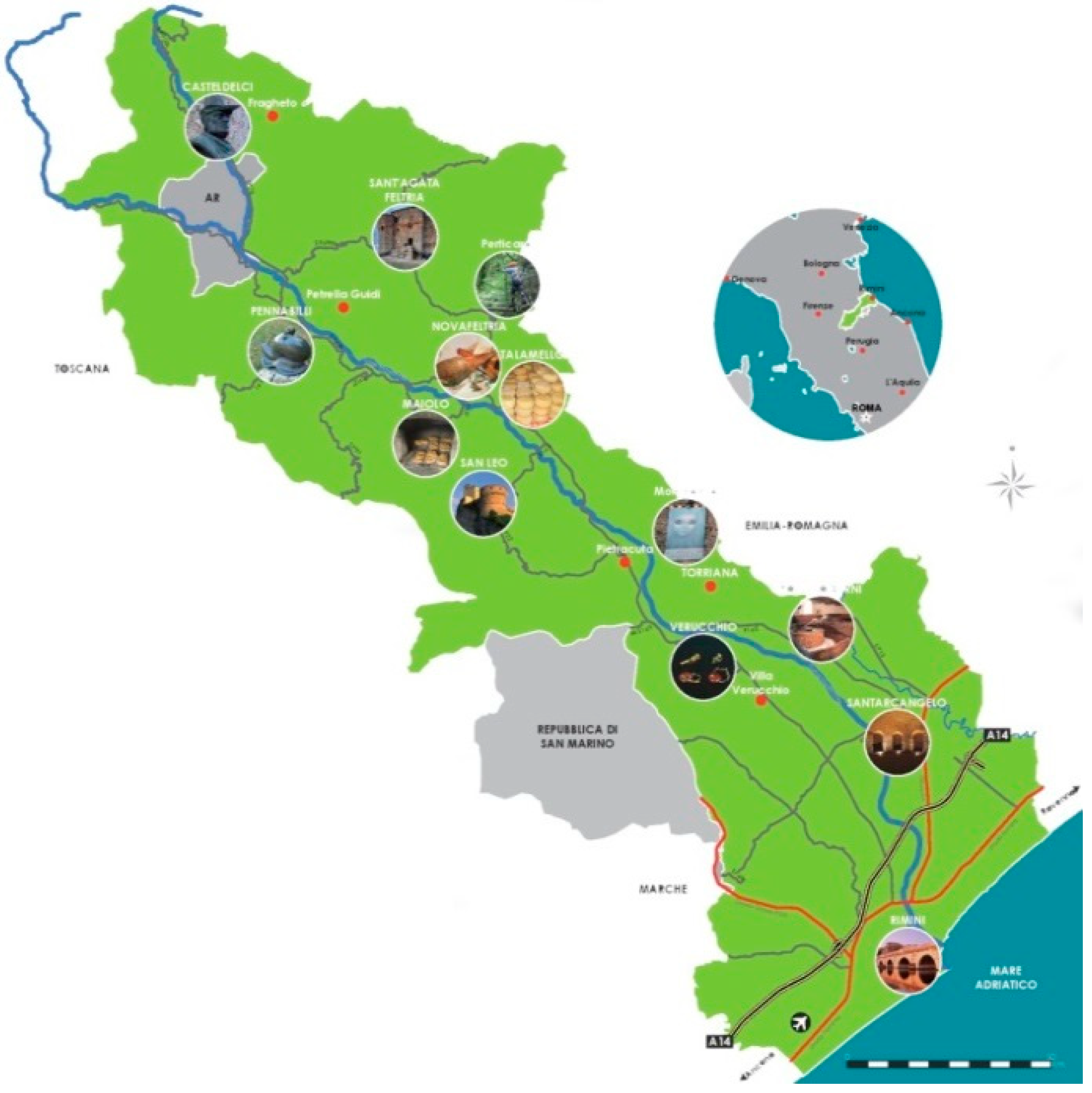
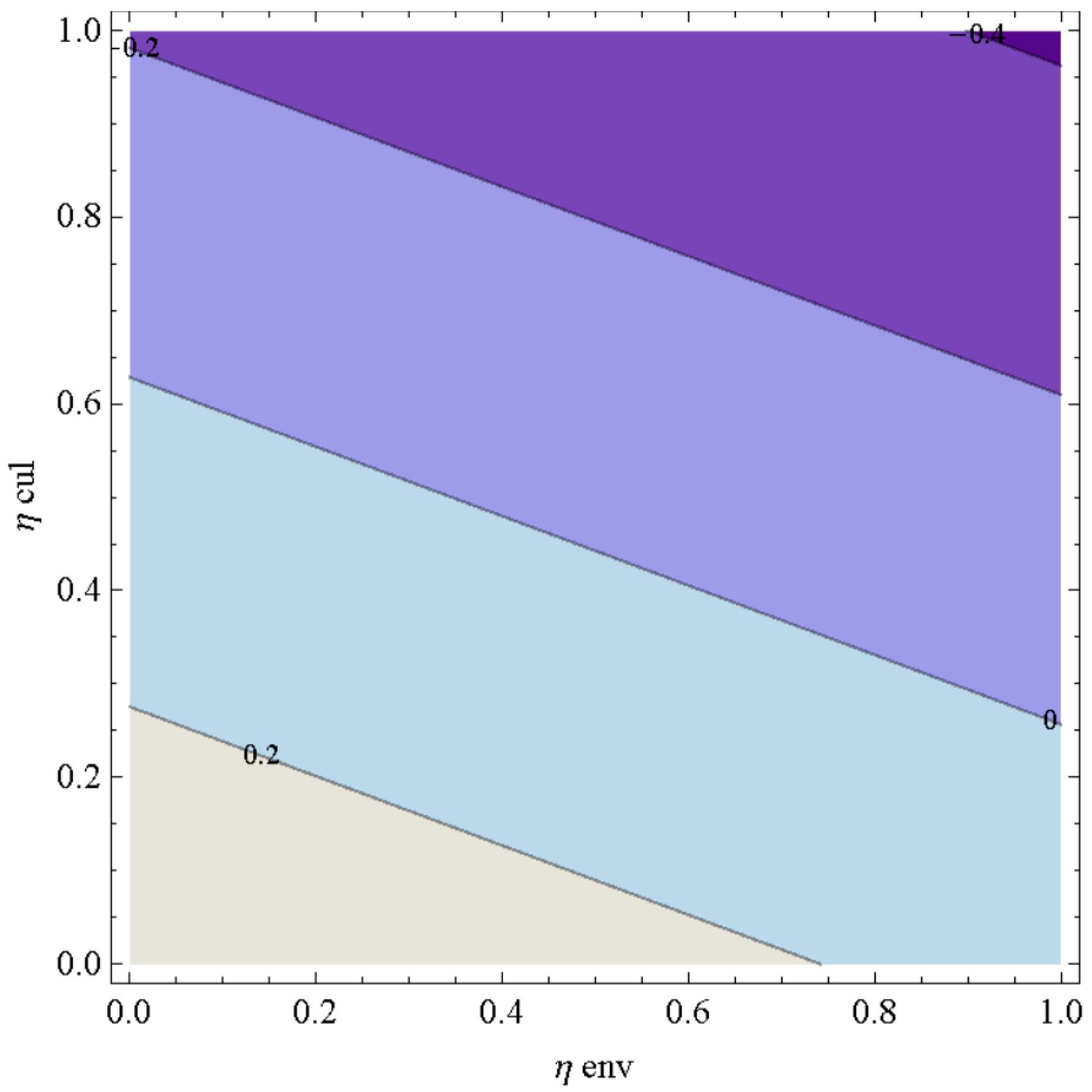
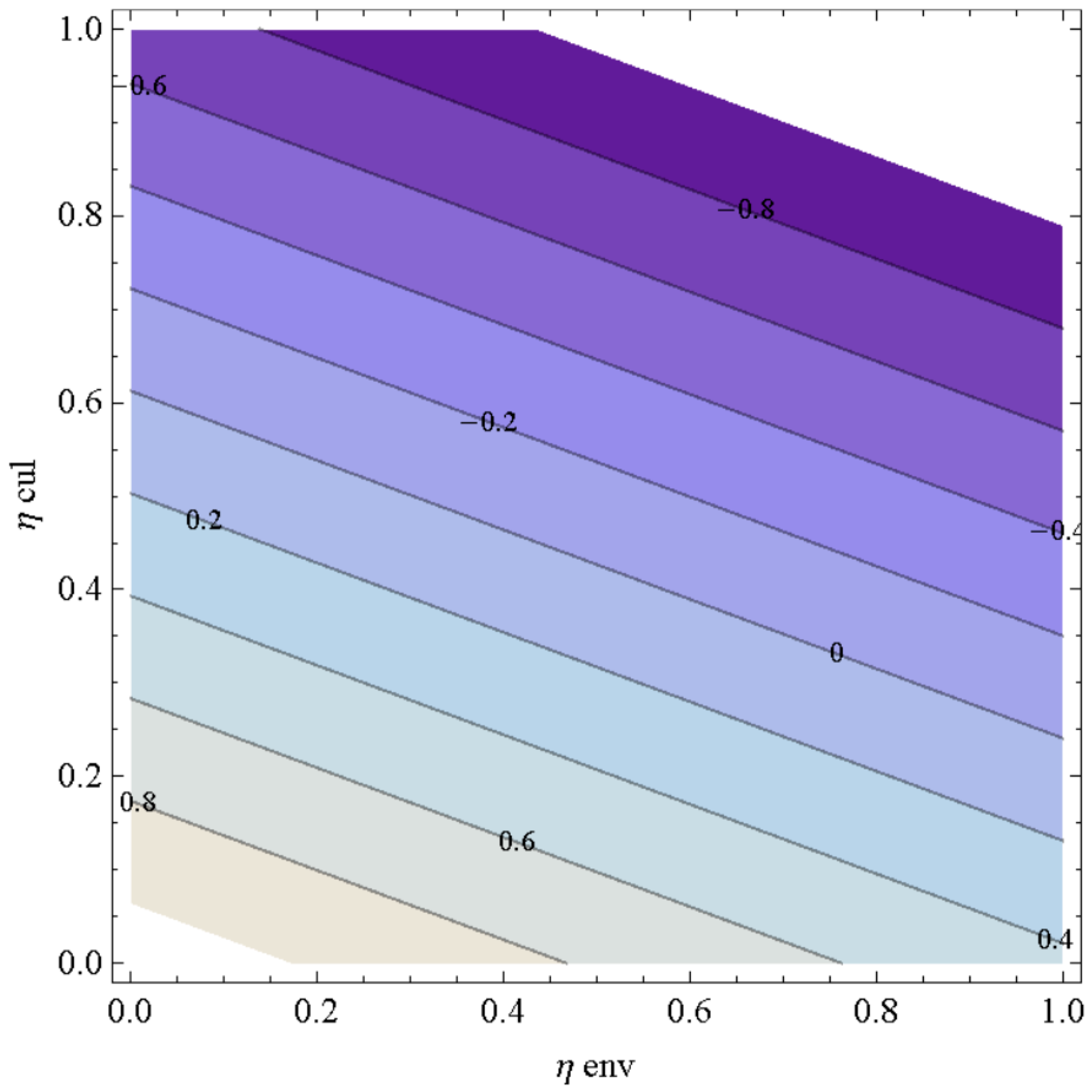
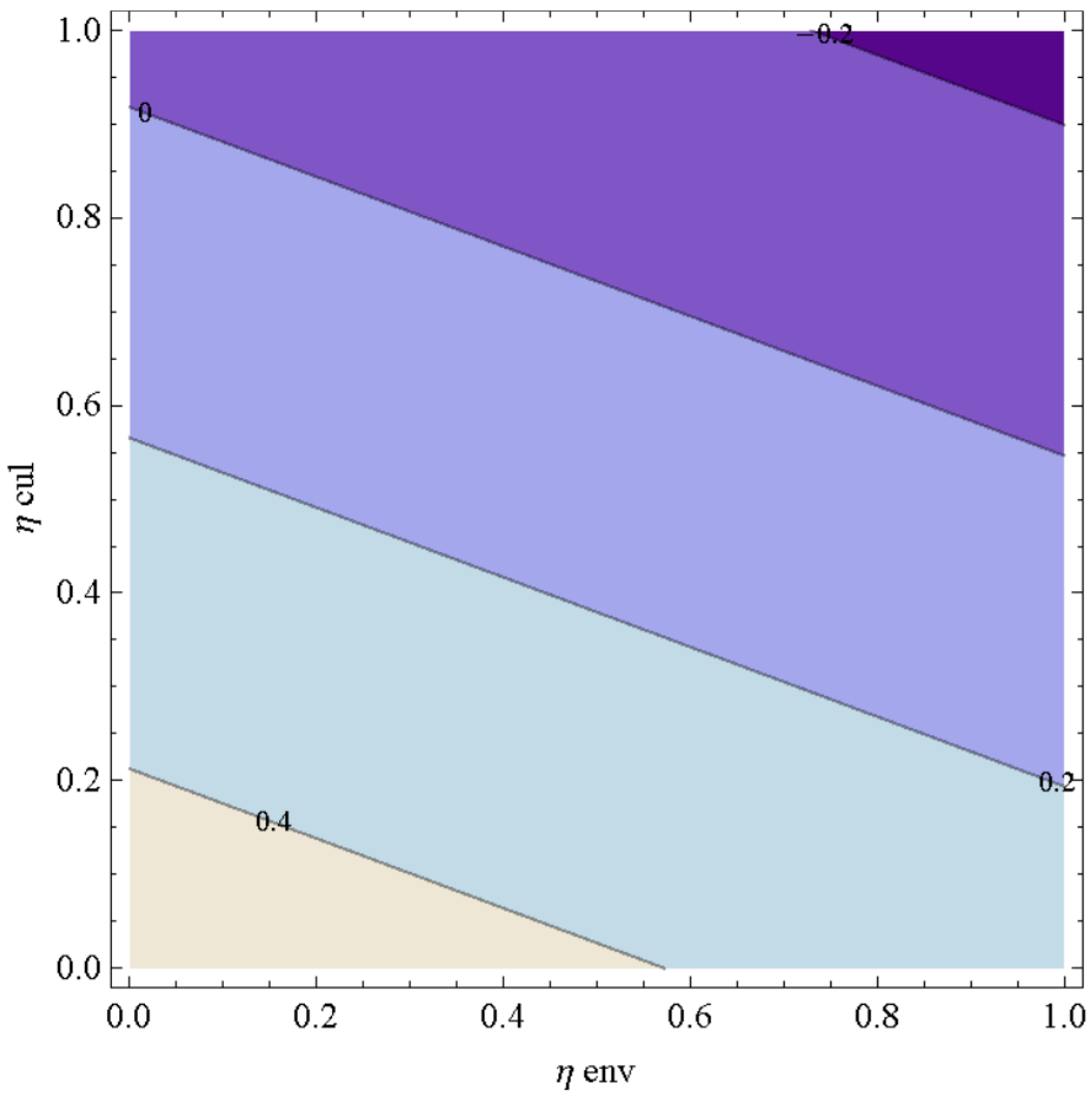
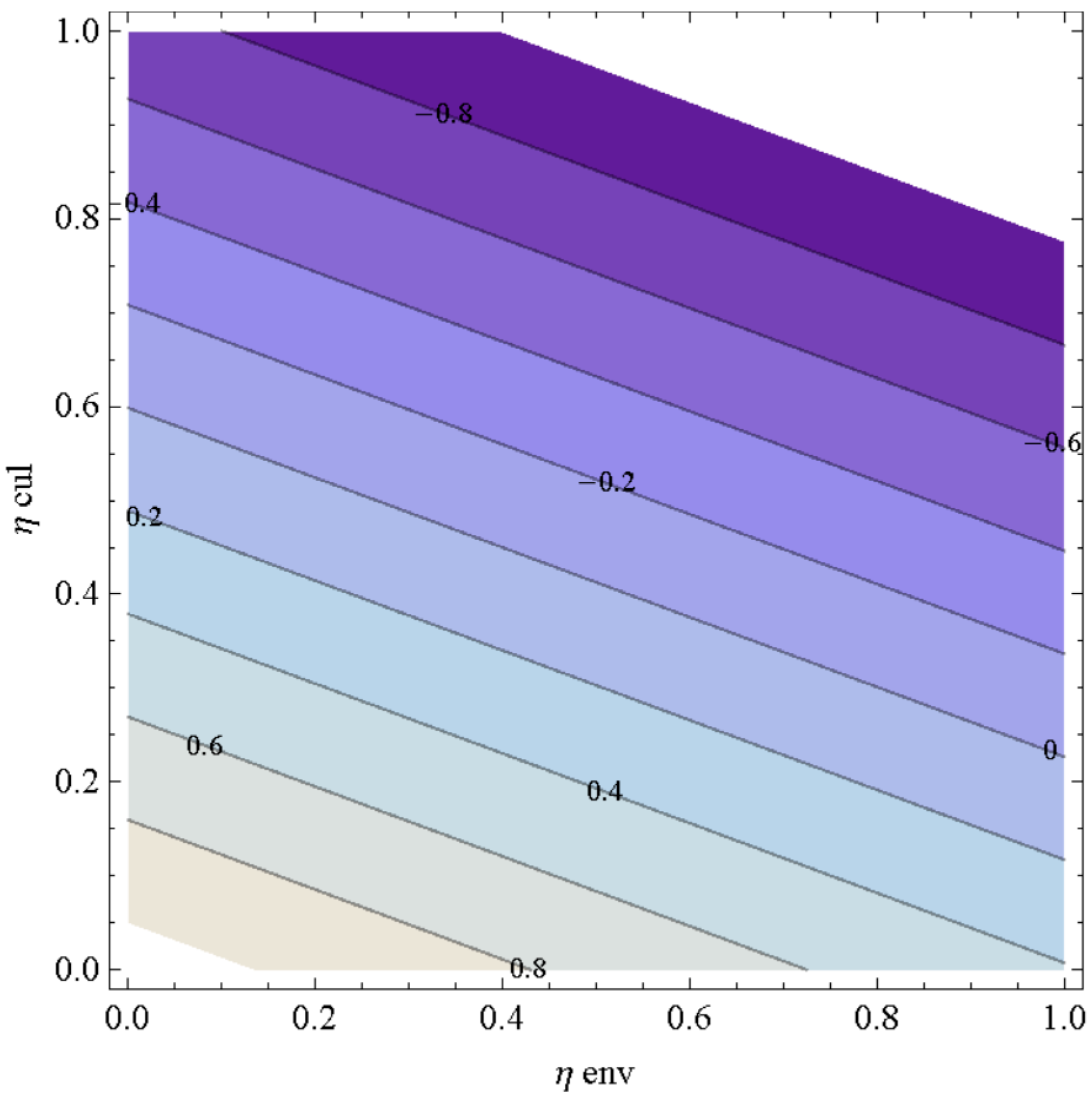
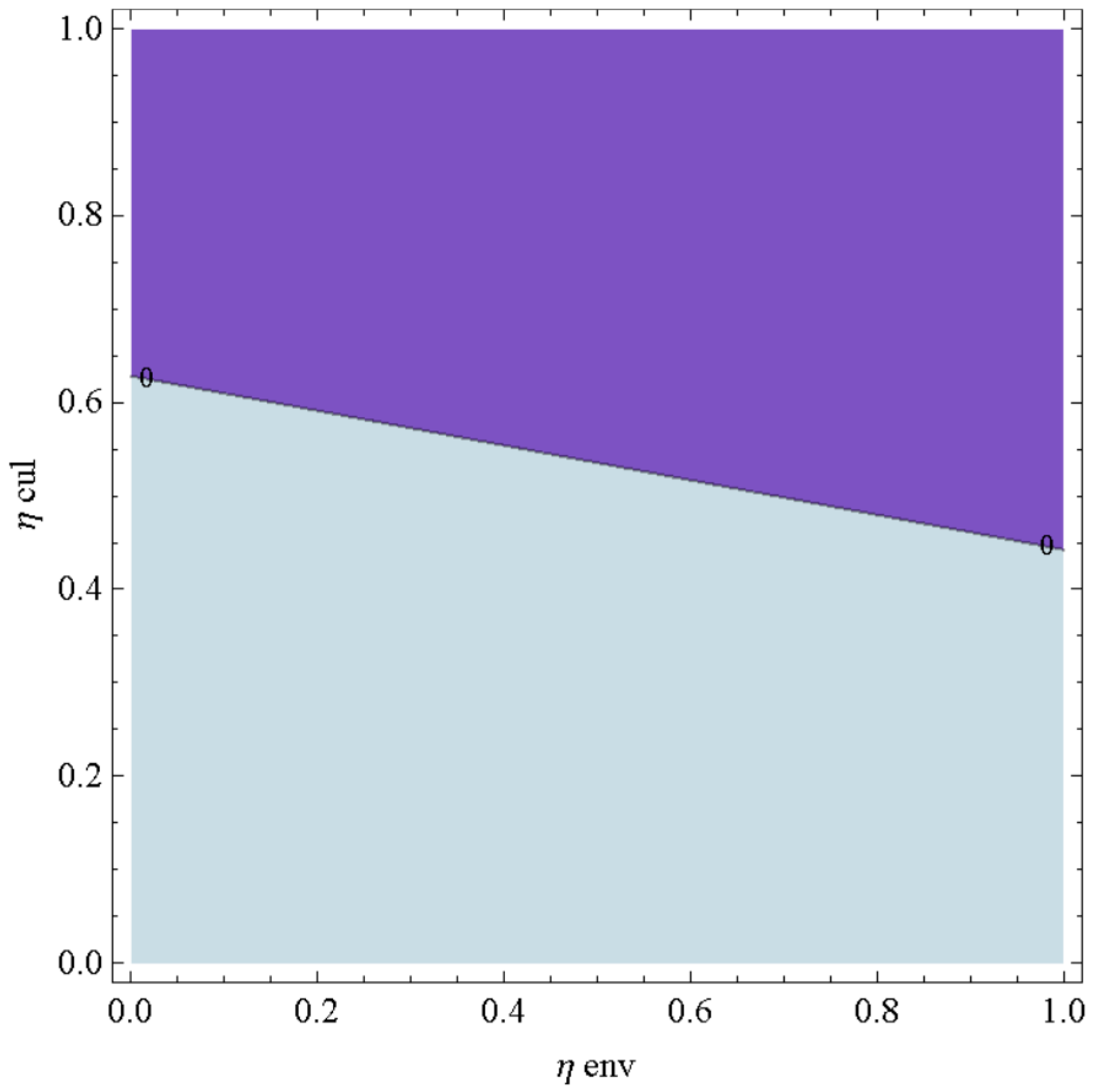
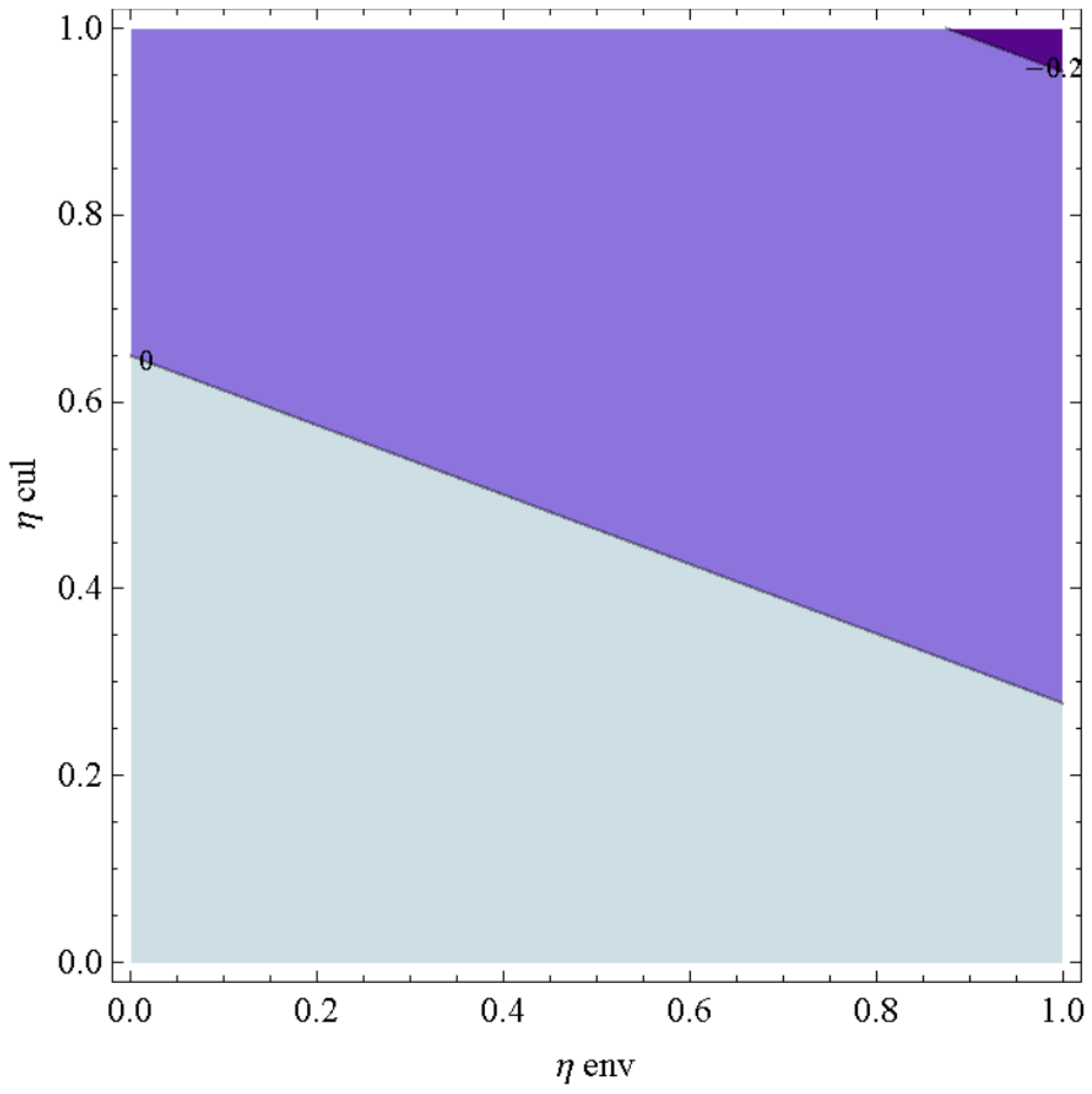
| Responsible Tourism | Sustainable Tourism | Alternative Tourism | |
|---|---|---|---|
| Goal | Minimize impacts | Maximize welfare | Maximize continuity |
| Main feature | Environment | Economy | Culture |
| Perspective | Local and action-oriented | Regional and industry-centred | Local and conservation-oriented |
| Policies | Protect natural areas, improve working conditions | Fund sustainability projects, subsidize sustainable firms | Recover ceremonies or craftsmanship, restore historical buildings or artistic sites |
| Forms | Green, social, volunteer | Eco-tourism, rural, mountain, indigenous | Geo-tourism, backpacking, homestay, gastronomic, cycling, charity, reality |
| Ethics | Aristotle | Bentham | Kant |
| Focused issues | Sustained economic community development without compromising the existing resources for future generations Distributive justice (e.g., disadvantaged and poor people) | Human welfare (e.g., income and employment) & sustained yield of resources deriving from the governance of populations and ecosystems Structural inequalities (e.g., gender, poverty) | Sustained ecosystem biodiversity of individual species in ecosystems used by humans Procedural justice (e.g., hosts & tourists as actors) |
| Missed issues | Planning and management Global and long-run landscape Hosts and tourists as actors | Long-run landscape Culture-nature relations with allowed substitutions between capitals Host and tourists as actors | Global landscape Planning and management |
| Strengths | Solvable/Practical Weaknesses | Unsolvable/Theoretical Weaknesses | |
|---|---|---|---|
| MCA | Applicable to products and destinations Combination of many features | Qualitative evaluations | Decisions depend on weight assessment and criteria combination methodologies Local and short-run approach |
| CBA | Reference to competitive general equilibrium Applicable to products and destinations | Distributional issues Risk Indirect impactsLocal and short-run approach Lack of data for quantifying benefits and costs | Attempt to evaluate in monetary terms also intangible features |
| WLCA | Global and long-run approach Combination of many features Applicable to products | Validation and robustness of results Social issues | Inapplicable to destinations Decisions depend on weight assessment and criteria combination methodologies Lack of referent standards for the evaluation |
| MLCA | Global and long-run approach Applicable to products | Validation and robustness of results Lack of data for quantifying energy and materials | Inapplicable to destinations Attempt to evaluate everything in energy or material terms Social issues |
| RT | ST | AT | |
|---|---|---|---|
| WLCA-MCA | if | if | |
| MLCA-CBA | |||
| MLCA-MCA | if | if |
| Responsible Tourism | Sustainable Tourism | Alternative Tourism | |
|---|---|---|---|
| MCA | Michailidou et al. [90] Transport and accommodation to CF and EI Latinopoulos and Vagiona [91] economic and ecological indicators with stakeholder involvement | Bucurescu [92] Matrix method for cultural heritage and economic features Iliopoulou-Georgudaki et al. [24] 18 indicators combined to produce 4 thresholds | |
| CBA | Mutana and Mukwada [80] See below for other papers based on stakeholder perceptions | ||
| WLCA | Uche et al. [93] Social features, environmental pollution, environmental resources in the context of water uses in agriculture and tourism Kuo et al. [94] Energy and GHG in tourism (kJ and kg per tourist) | ||
| MLCA | Castellani and Sala [95] Energy and fuel to EF See below for other papers on CF | Foolmaun and Ramjeawon [96] Economic, social, and environmental impacts of plastic combined with the analytic hierarchy process |
© 2019 by the author. Licensee MDPI, Basel, Switzerland. This article is an open access article distributed under the terms and conditions of the Creative Commons Attribution (CC BY) license (http://creativecommons.org/licenses/by/4.0/).
Share and Cite
Zagonari, F. Multi-Criteria, Cost-Benefit, and Life-Cycle Analyses for Decision-Making to Support Responsible, Sustainable, and Alternative Tourism. Sustainability 2019, 11, 1038. https://doi.org/10.3390/su11041038
Zagonari F. Multi-Criteria, Cost-Benefit, and Life-Cycle Analyses for Decision-Making to Support Responsible, Sustainable, and Alternative Tourism. Sustainability. 2019; 11(4):1038. https://doi.org/10.3390/su11041038
Chicago/Turabian StyleZagonari, Fabio. 2019. "Multi-Criteria, Cost-Benefit, and Life-Cycle Analyses for Decision-Making to Support Responsible, Sustainable, and Alternative Tourism" Sustainability 11, no. 4: 1038. https://doi.org/10.3390/su11041038
APA StyleZagonari, F. (2019). Multi-Criteria, Cost-Benefit, and Life-Cycle Analyses for Decision-Making to Support Responsible, Sustainable, and Alternative Tourism. Sustainability, 11(4), 1038. https://doi.org/10.3390/su11041038





